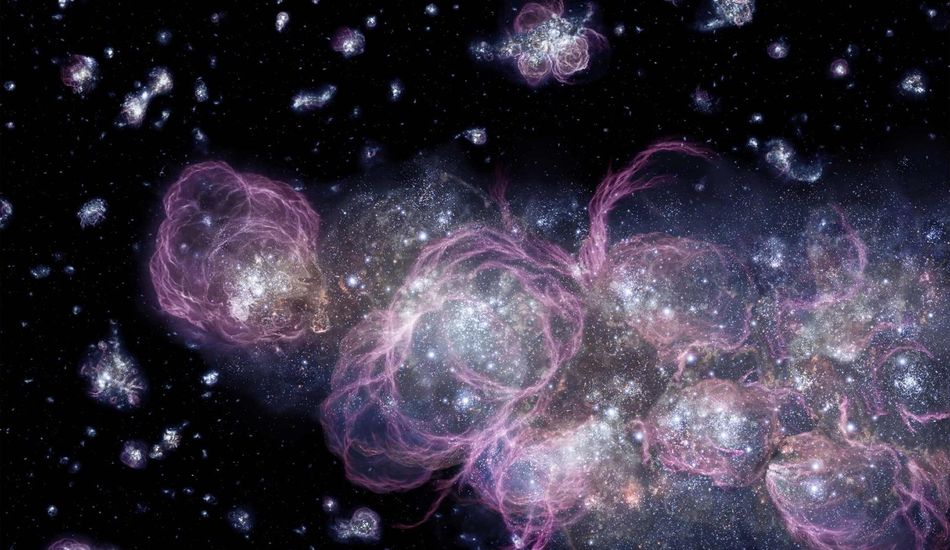
Challenging the Big Bang: A New Take on the Early Universe
The Big Bang theory, followed by a period of rapid expansion called cosmic inflation, has been the cornerstone of our understanding of the universe's origins for decades. I mean, it neatly explains how the universe got so big and uniform. However, some physicists aren't entirely convinced, mainly because cosmic inflation relies on certain assumptions that feel a bit... arbitrary. It's like building a house on a foundation that might not be entirely solid.
That's where Raúl Jiménez and his team from the University of Barcelona come in. They've proposed a new model that aims to simplify things, getting rid of some of those extra assumptions that make it hard for physicists to agree on a single, unified theory. I think it's a bold move, challenging the established view.
A Simpler Approach
Instead of relying on hypothetical scalar fields called inflatons, Jiménez's theory starts with the idea that the early universe existed in a De Sitter space – basically, a flat, empty space governed by general relativity. When you add energy (like, say, the Big Bang), it creates quantum fluctuations that lead to gravitational waves. These waves then seeded the universe with tiny bits of density, which eventually grew into galaxies, stars, and planets.
One of the biggest advantages of this new theory is its simplicity. It cuts down on the number of adjustable parameters that physicists have to "plug in" by hand. As Arthur Kosowsky, a cosmologist at the University of Pittsburgh, put it, physicists always try to make models as simple as possible. I mean, nobody wants a theory with a million different knobs to tweak.
Think of it like this: the Standard Model, which describes all the known fundamental particles and forces, has 18 free parameters. Physicists are constantly trying to find a better model with fewer parameters because it would be more elegant and, likely, more accurate.
Jiménez himself said that the strength of his theory is that it's "fully falsifiable." This means that it can be tested against observational data, and either confirmed or disproven. He also acknowledged that nature might not have chosen his theory, which I appreciate the honesty. But the beauty of falsifiable theories is that they help us rule out what doesn't work, bringing us closer to the truth. It's like detective work for the universe.
What the Experts Say
Kosowsky seems to like the philosophy behind the paper, stating it’s a situation where inflation arises naturally out of some basic physics. Andrew Liddle, a theoretical cosmologist at the Institute of Astrophysics and Space Sciences, also found it an interesting and novel proposal.
Marina Cortês, also with the IA, mentioned that one of the most uncomfortable things about inflation is that physicists understand everything from the Big Bang onwards, but not the Big Bang and the earliest stages.
Cosmology is in a state of excitement, chaos, and discovery, a sentiment that all the scientists seem to share. With data growing exponentially and the quality of analysis improving, we're living in a golden age of cosmology, according to Jiménez. I couldn't agree more. It's an exciting time to be following these developments.
1 Image of Early Universe:


Source: Gizmodo